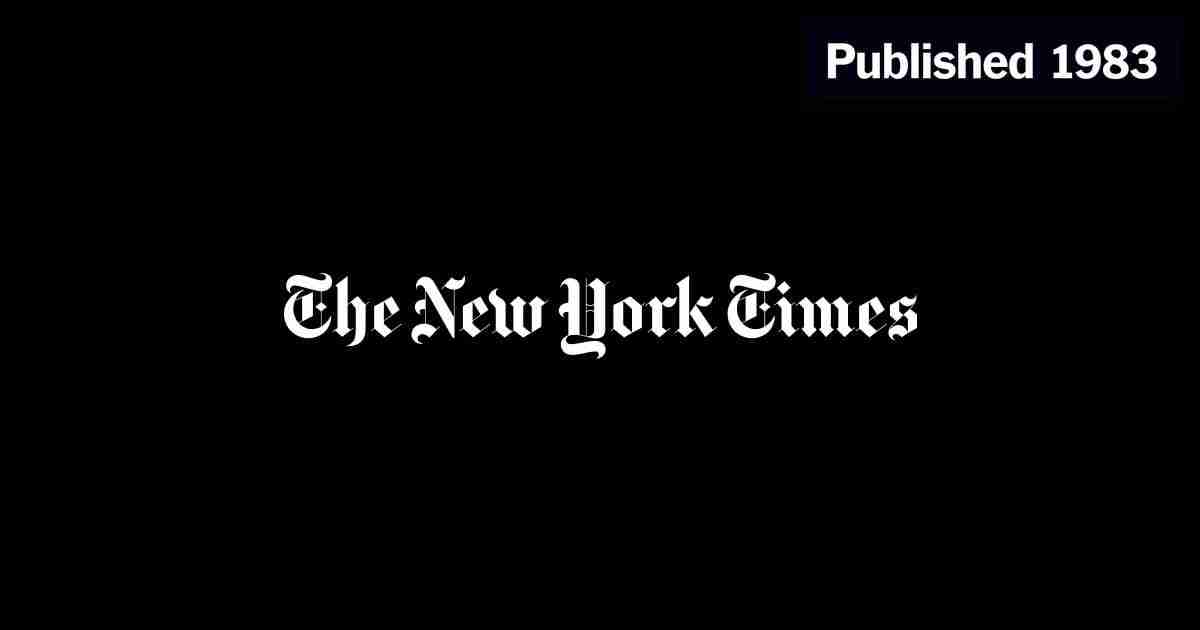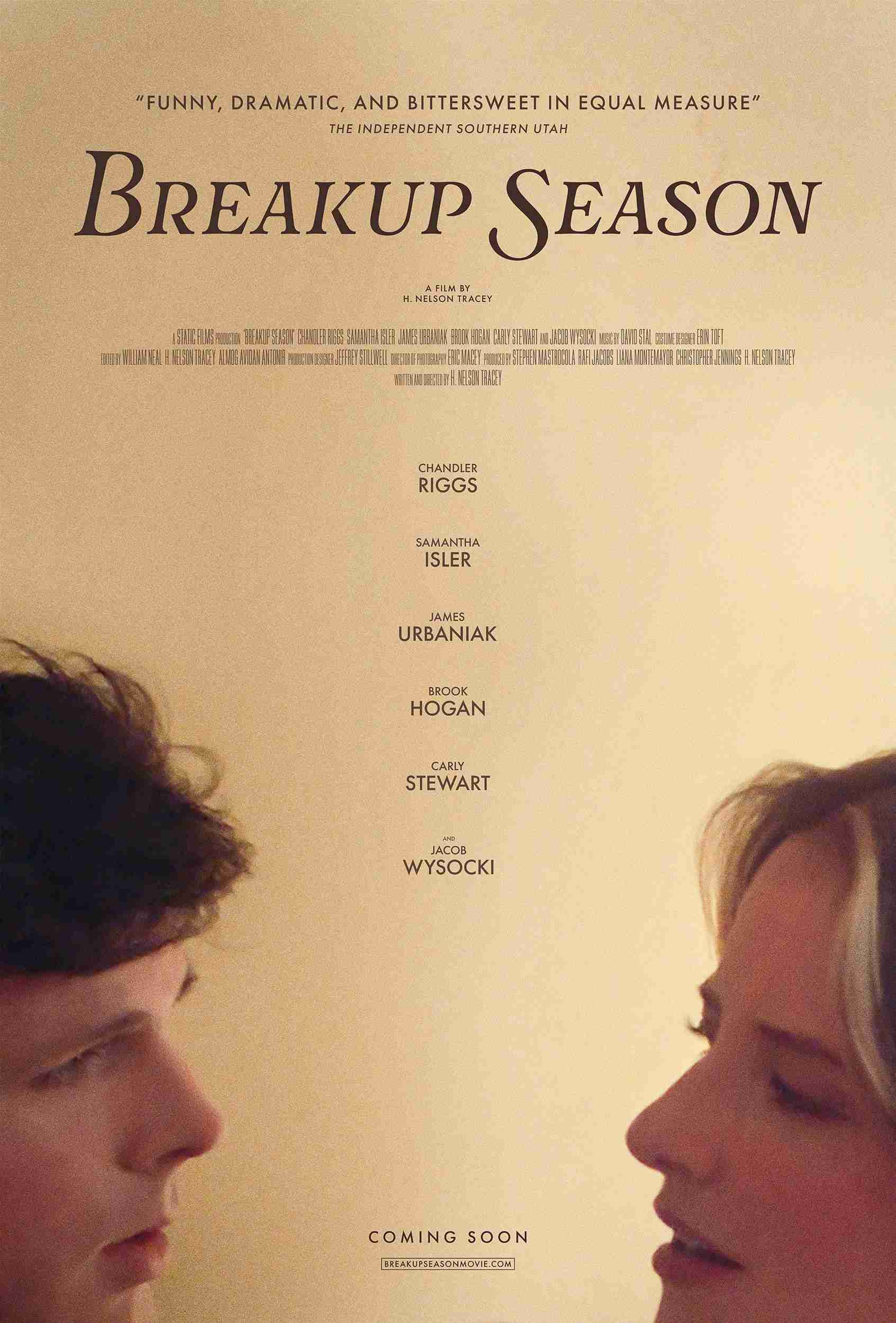
This experiment by Paramount, run at the time by Barry Diller and Michael Eisner, has been lost to time, but I have always been fascinated by it.
A terrific article by Aljean Harmetz for the NY Times (please support journalism if you can): [https://www.nytimes.com/1983/05/23/movies/how-paramount-seven-fared-at-the-box-office.html](https://www.nytimes.com/1983/05/23/movies/how-paramount-seven-fared-at-the-box-office.html)
If you can’t, here is a free link: [https://archive.is/EZrQN](https://archive.is/EZrQN)
Some excerpts (but it’s really worth reading the whole thing):
>HOW PARAMOUNT ‘SEVEN’ FARED AT THE BOX OFFICE
>
>In the spring of 1981, under the pressure of movie budgets that were spinning out of control and an expected strike by Hollywood directors, Paramount rushed six low-budget movies into production and made an arrangement to help finance a seventh.
>
>Occasionally referred to as ”The Magnificent Seven,” the movies were both a response to what was happening in the movie industry at that moment and a clinical test. **Could movies with budgets between $4 million and $8 million flourish in a high-budget atmosphere?** [sound familiar???] Could the often endless preproduction process be shortened and movies hurried into production without harming the final product?
>
>Of the seven movies, the co-financed film, ”Young Lust,” was such a mess that it has yet to be officially delivered to Paramount. The studio washed its hands of a second, ”White Dog,” by selling it directly to pay-cable. ”I’m Dancing as Fast as I Can” earned a pitiful $400,000 in the few cities in which it was released. ”Jekyll and Hyde … Together Again” and ”Partners” were also box-office failures. ”Some Kind of Hero” was a moderate box-office success, selling $24.5 million worth of tickets. Since a studio usually gets about half the money spent at the box office, this film brought Paramount $11 million in film rentals.
>
>**But the remaining film, ”An Officer and a Gentleman,” has earned $125 million [$394M in 2024 dollars] at American box offices so far. It was the fifth most successful movie of 1982 and it is still climbing.** Released last August, it is still selling nearly $500,000 worth of tickets each week.
>
>**Paramount has already earned more than $60 million from ”An Officer and a Gentleman,” enough to pay for producing all seven movies, with about $25 million left over.** (The advertising costs on most of the movies are canceled out by revenues from cable and television.)
>
>”Was I surprised that any of the pictures would have failed?” asked Barry Diller, the chairman of Paramount. ”No. Was I confounded that ‘An Officer and a Gentleman’ was that successful? Yes.”
>
>”My theory,” said Paramount’s president, Michael Eisner, ”was that one would be a giant hit, one would be a giant turkey, the others would be in-between – hopefully more toward the profit side.” ‘Dependent on Third Parties’
>
>Despite the success of ”An Officer and a Gentleman,” Paramount is not likely to repeat the experiment of rushing low-budget films into production. Studio executives say that the 1981 experiment depended both on an impending strike and a shortage of films that had finished production. Also, in the intervening two years, most studios have become more cautious and less willing to spend over $10 million on any movie. It is a quite different atmosphere from 1980, when studios felt that the more money they spent, the more money they were likely to make.
I think one big difference between 1981 and today is how marketing costs have skyrocketed. The article says that “The advertising costs on most of the movies are canceled out by revenues from cable and television.” but today I think that PVOD and streaming licensing fees don’t measure up to the the $10-100M marketing campaigns.
Source: self.boxoffice
https://www.reddit.com/r/boxoffice/comments/1bcgcgc/regarding_cord_jeffersons_idea_of_producing/



